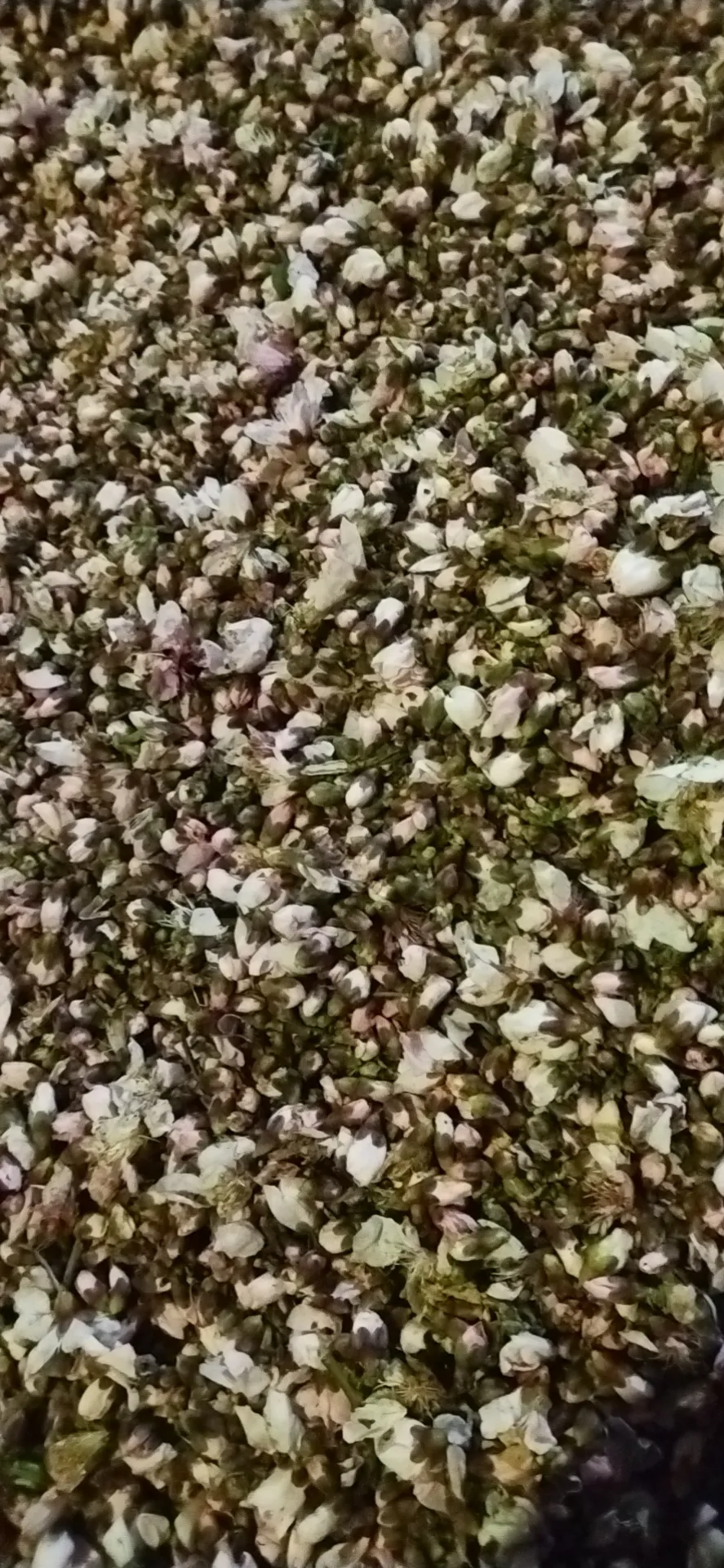júl . 07, 2025 15:41 Aftur á lista
Shifting Patterns in Ambrosia Pollen, Grass Pollen, and Pine Tree Pollen
Rising global temperatures, shifting precipitation patterns, and increased atmospheric carbon dioxide (CO₂) are reshaping ecosystems worldwide. Among the lesser-discussed consequences of climate change is its profound impact on pollen production in plants like ambrosia pollen (ragweed), grasses, and pine trees. These changes are not only altering ecological dynamics but also posing significant challenges for public health, agriculture, and forestry industries. This article explores how warming climates are driving shifts in pollen production patterns, focusing on three critical species: ambrosia pollen, grasses, and pine trees.

Ambrosia Pollen: Longer Seasons and Higher Allergenicity
Ambrosia pollen, commonly known as ragweed, is notorious for its highly allergenic pollen. Climate change has extended its growing season, particularly in temperate regions. Warmer autumns delay the first frost, allowing ragweed to produce pollen well into late fall. Studies show that rising CO₂ levels directly stimulate ambrosia pollen growth, increasing pollen output by up to 60%. This surge exacerbates allergic reactions, burdening healthcare systems and driving demand for antihistamines and allergy treatments on a wholesale scale.
Additionally, higher temperatures enhance the potency of ambrosia pollen allergens. Proteins like Amb a 1, responsible for triggering immune responses, become more concentrated under heat stress. For agricultural regions, this complicates land management, as ragweed thrives in disturbed soils—common in farming areas. The overlap between pollen production peaks and harvest seasons amplifies exposure risks for workers, necessitating large-scale preventative measures.
Grass Pollen: Expanding Ranges and Intensified Allergen Loads
Grasses, which contribute to roughly 40% of global pollen production, are experiencing geographic range expansions due to warmer climates. Species like timothy grass and ryegrass are encroaching into higher latitudes and elevations, prolonging allergy seasons in regions previously unaffected. Urban heat islands further amplify this trend, creating microclimates where grasses release pollen earlier and in greater quantities.
Industrial-scale landscaping and agriculture face challenges as invasive grass species outcompete native flora. For instance, grass pollen from species like Kentucky bluegrass now dominates in areas where colder winters once limited their spread. Furthermore, elevated CO₂ levels increase the carbohydrate content of grass pollen, potentially heightening allergenicity. This shift has spurred pharmaceutical companies to ramp up production of allergy vaccines tailored to emerging grass pollen strains.
Pine Tree Pollen: Warming Climates and Disrupted Synchronization
Pine trees, which rely on temperature cues to time their pollen production, are experiencing disrupted synchronization due to erratic warming. In boreal and temperate forests, warmer winters cause earlier budburst and pollen release, often mismatching with the life cycles of pollinators like bees. This desynchronization threatens forest regeneration and biodiversity, with cascading effects on timber industries.
Moreover, increased pine tree pollen loads are linked to reduced air quality in urban and rural areas. Pine forests in regions like the southeastern U.S. now produce pollen earlier and in denser clouds, complicating forestry operations and increasing cleanup costs. For wholesale nurseries and seed suppliers, adapting to these shifts requires investing in climate-resilient tree varieties and adjusting planting schedules.
FAQ:Addressing Key Questions About Climate Change and ambrosia Pollen Trends
How does climate change directly influence ambrosia pollen production?
Warmer temperatures and elevated CO₂ levels accelerate plant growth and extend growing seasons. For Ambrosia pollen, this results in prolonged pollen release and higher allergen concentrations, intensifying public health challenges.
Are grass pollen seasons becoming more severe globally?
Yes. Warmer climates allow grasses to thrive in new regions, while urban heat islands and CO₂-driven growth boost pollen output. This expansion lengthens allergy seasons and increases allergen exposure.
What risks do shifting pine tree pollen patterns pose to ecosystems?
Early pollen release disrupts pollination cycles, reducing seed production and threatening forest biodiversity. This mismatch also impacts wildlife dependent on pine seeds, destabilizing food webs.
How can industries adapt to changing ambrosia pollen patterns?
Agriculture and forestry sectors must prioritize climate-resilient crops and tree species. Pharmaceutical manufacturers should scale production of broad-spectrum allergy treatments to meet rising demand.
Will these ambrosia pollen trends continue if global warming is not mitigated?
Without significant emission reductions, pollen production will keep rising, seasons will lengthen, and allergenicity will intensify, escalating costs for healthcare, agriculture, and urban planning.
The interplay between climate change and pollen production underscores the urgency of adaptive strategies across industries. From Ambrosia pollen-fueled allergy surges to disrupted pine forest ecosystems, these shifts demand systemic responses. By prioritizing research, innovation, and large-scale preparedness, stakeholders can mitigate the far-reaching impacts of our warming world.
Adaptive strategies might involve developing new crop varieties that are resilient to climate change, enhancing pollen monitoring systems to predict allergy seasons more accurately, and implementing conservation efforts to protect sensitive ecosystems. Collaboration among governments, researchers, industries, and communities is crucial to ensure that these strategies are effective and sustainable. Only through collective action can we hope to address the complex challenges posed by the interplay between climate change and pollen production.
-
tree-pollen-indoor-contamination
FréttirAug.22,2025
-
kiwipollen-viability-assessment
FréttirAug.22,2025
-
cherry-pollen-germination-rates
FréttirAug.22,2025
-
buy-apple-pollen-online-guide
FréttirAug.22,2025
-
pear-pollen-harvesting-techniques
FréttirAug.22,2025
-
understanding-pollen-seasonal-patterns
FréttirAug.22,2025